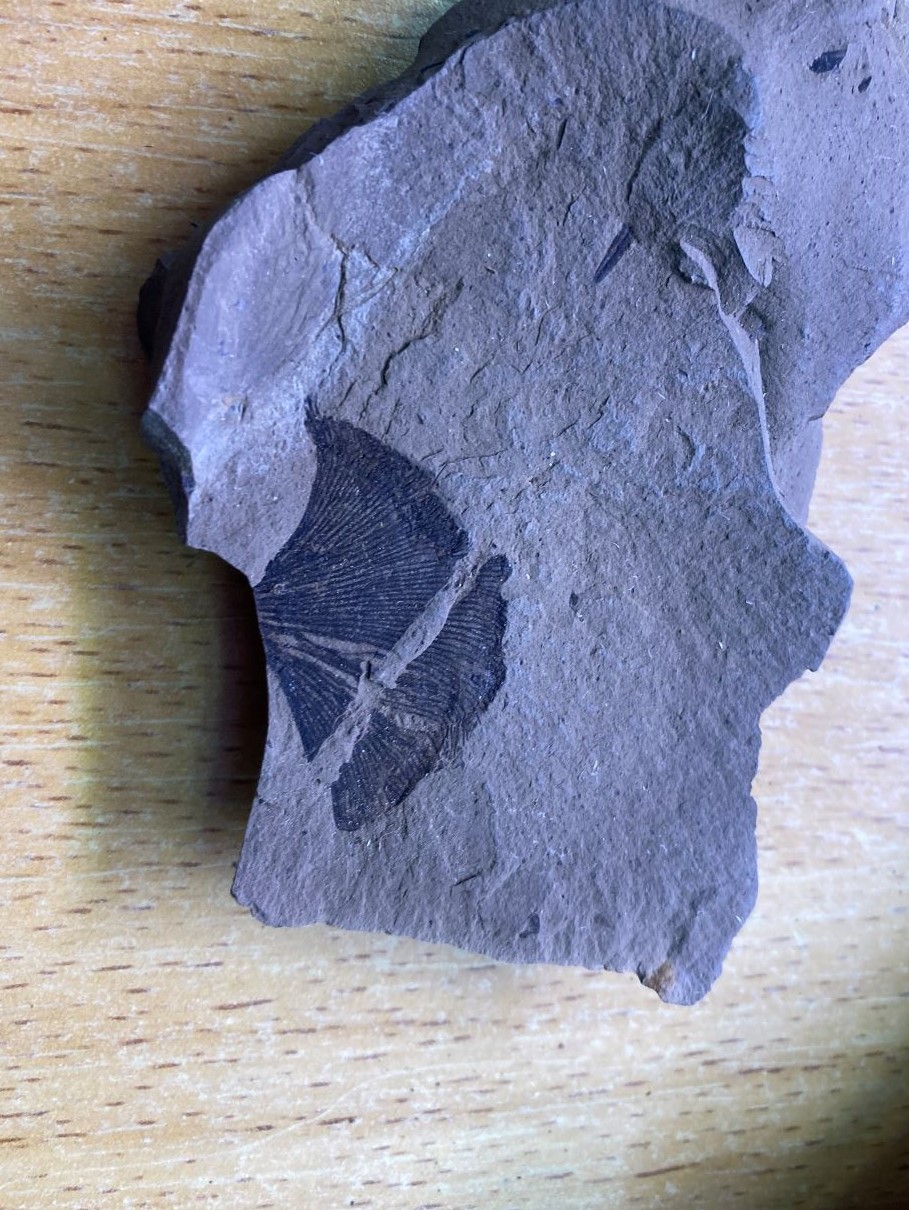In 2024 the Primorsky Aquarium is starting a new educational project about the inhabitants of the Russian Far East rivers and seas. Each month the Aquarium will feature one animal in its social media, lectures and programs. The first month of the project, January, focuses on the sea peach (Halocynthia aurantium), specifically, in Lectures 5+ for kindergarten and primary school students.
Halocynthia aurantium is a species of ascidians, or sea squirts, commonly found in the Sea of Japan/East Sea and in the other Russian Far East seas. It also occurs in the Arctic seas between 4 and 400 m of depth. This reddish orange creature is rather large, up to 25 cm in height and up to 10 cm in diameter. It resembles a jug made of rubber and having two openings called siphons. One of the siphons pumps water in together with organic particles and plankton and the other one expels wastewater. The second siphon, usually the smaller one, also releases eggs and sperm for reproduction. The animal’s body itself functions as a pharynx. Its internal surface is ciliated, and it is used for breathing and feeding. Ascidians are among the most important filterers of water in the Ocean.
These interesting animals were considered mollusks for a long time, and their real identity was determined only in the second half of the 19th century, after their life history had been studied. As it turned out, the ascidian tadpole-like larva possesses an ocellus (a type of simple eye) and an otocyst (an organ of equilibrium) and its long tail contains a hollow dorsal nerve tube and a notochord, both features clearly indicating that the animal is a chordate. Larvae swim freely for several hours to several days, then find some solid surface on which to attach and grow into its adult form, all chordate features disappearing rather quickly (for instance, the tail absorbs in 6 to 10 minutes). From this point onwards, sea squirts are destined to live their whole life fixed to a hard substrate. The ascidian development is therefore considered retrogressive instead of being progressive, which is quite outstanding among living organisms.
Ascidians are unusual both at the cell and molecular levels: their blood has very high amount (98%) of vanadocytes, cells containing sulfuric acid and vanadium, rare metal used as a steel additive in the production of very tough vanadium steels and titanium alloys. The concentration of vanadium in the ascidian blood is ten million times higher than in the surrounding seawater. Vanadium extraction from the ash of sea squirts after they’ve been burnt has been suggested as one of the technologies for the commercial production of this metal.
Moreover, Halocynthia aurantium contains high level of carotenoids, pigments known as antioxidants protecting cells from free radical damage. Carotenoids also regulate fat metabolism and improve the immune system.
Wataru Miki, a chemist from Japan, showed in his 1991 research that ascidian carotenoids are ten times more active than those extracted from plants.
There is more research on the sea peach’s biology to be done, and we are looking forward to learning new amazing facts discovered about this animal.





.jpg)